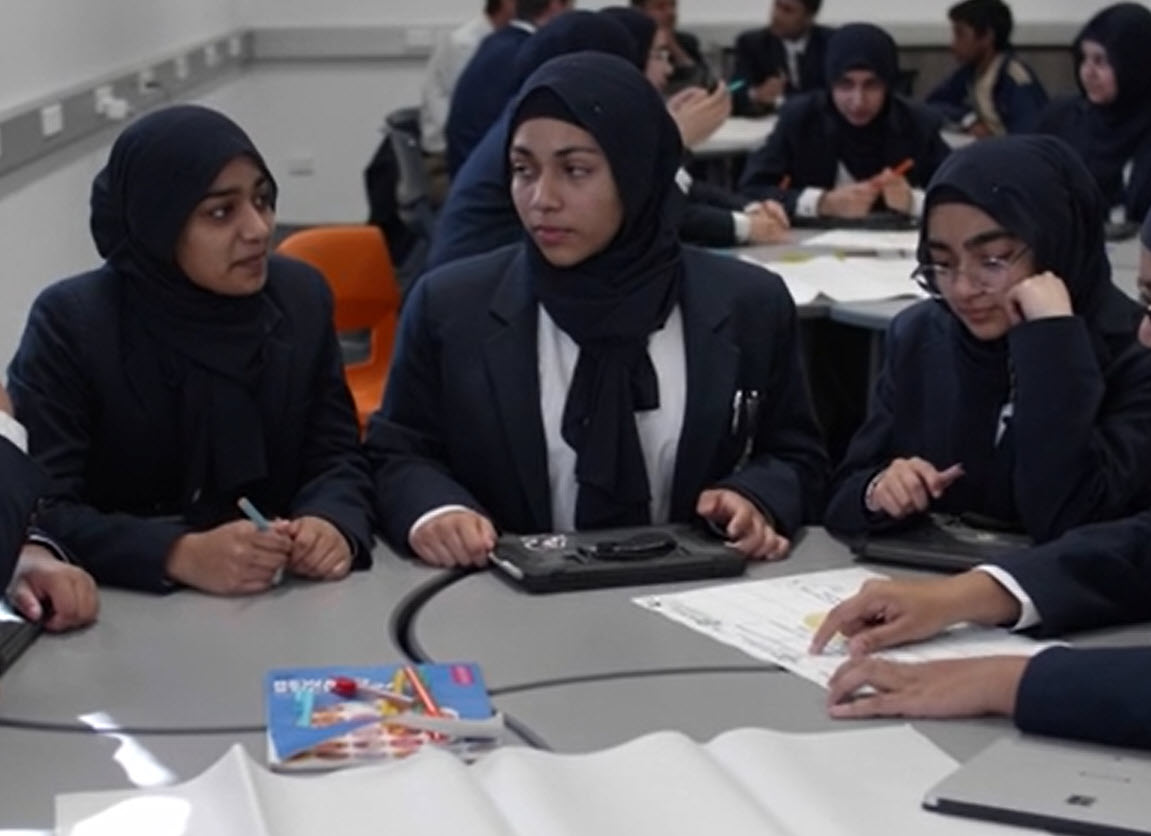Announcements
Australian Museum and IBM call on Australians to help record frog calls from their backyards with FrogID App
Sound byte: https://youtu.be/QsI8p2kX5KU
With their permeable skin and both aquatic and terrestrial life-cycle, frogs are uniquely sensitive to a changing environment and climate. As some of the first members of the animal kingdom to respond to environmental changes, their presence or disappearance can act as an early warning to the health of natural habitats and other animals, including humans.
The FrogID app will identify frogs across Australia, and help scientists to monitor how they are responding to climate and environmental changes, providing vital data to assist in detecting and conserving frog species across the country.
The free app, built by IBM in collaboration with the Australian Museum, assists the user in identifying frog species by the unique sounds they make – from croaks and chirps, to whistles, peeps, to barks and grunts. A frog’s call is the easiest and most accurate way of identifying different frog species, without people having to physically handle or photograph these sensitive amphibians. Users can compare the calls they record against a library of existing calls to identify the species they have recorded. Once uploaded to the FrogID database, experts will verify the species and provide the user with feedback via the app.
The citizen science initiative encourages all Australians to participate in the nation’s first country-wide FrogID count by downloading the app and heading to their nearest park, creek, dam or waterway to listen for frog calls. The app uses GPS coordinates to map where frogs are found, which will assist scientists in assessing how frog populations are being impacted by habitat loss, disease, climate change and urbanization.
Australian Museum Director and CEO, Ms Kim McKay AO, said FrogID is the first national project of its kind to identify, count and help conserve frog populations, which play a crucial role in biodiversity, ecosystem functioning and human wellbeing.
“FrogID will mobilize citizen scientists to help protect threatened species of frogs across the country. It is vital to our environment that we understand where our frogs are at risk and how to protect them before it is too late,” Ms McKay said. “FrogID is a citizen science rescue mission that everyone can take part in. Australia’s frogs need help from all of us to survive and thrive, starting in our own back gardens or local park.”
“FrogID is a crowd-sourcing approach to animal conservation, which uses people power to explore and help conserve the natural world. This project is also an ideal way to introduce children to the natural world around them, to help them learn the importance of respecting and protecting animals, and to understand that we all play a crucial role in conservation.”
Dr Jodi Rowley, Curator of Amphibian & Reptile Conservation Biology at the Australian Museum and UNSW Sydney, said taking part in FrogID will help ensure the health of our vital native species, along with the environment and waterways.
“Frogs are the most endangered group of animals on Earth and up to four Australian native frog species have already been lost to extinction, so we must act now to understand our frogs and protect them,” Dr Rowley said.
“Frogs are a tipping point in the environment – as one of the first animal species to feel the impact of changes in climate and habitat, their health is a key indicator of how our environment is changing. Frogs also play a key role in natural food chains as major predators of insects. The loss of frogs is likely to have huge pest management implications for our agricultural production and wellbeing, as they help control insect populations, such as mosquitoes. Amphibians may be keystone species in some habitats. If they disappear, entire ecosystems may be at risk.”
“It’s crucial that we understand and protect our frogs. FrogID will allow us to make informed conservation decisions aimed at saving our frogs. But we need the public to play their part, so we can track and understand our many frog species across this vast country. By taking part in FrogID, you’re actively helping to save Australia’s frogs and you might even discover a new species.”
David La Rose, Managing Director, IBM Australia and New Zealand said, “IBM has a long history in collaborating with organisations like the Australian Museum to develop technology that has a real impact on the everyday lives of Australians. This joint initiative to develop the FrogID app is an inspiring example of how technology and science can work together to tackle an important social issue, while empowering Australians to help us gain new insight into the state of our waterways and environment.”
FrogID project is run by the Australian Museum’s Centre for Citizen Science and supported by IBM Australia’s Impact Grants program. The value of resources IBM Australia has contributed to the Australian Museum Frog ID project is more than AUD $360,000.
-ends-
Images and Audio: https://foto.australianmuseum.net.au/fotoweb/albums/WfwJ1Ni2X2FePK0wvvRr969kpnjW-rerXV7dHg/
THE FROGID APP
The free FrogID app, designed and developed in collaboration with IBM, contains a database of information, sounds and images of Australia’s different frog species. Recording and uploading frog calls with the app will enable accurate identification of different frog species, along with time and location data.
A team of specialist scientists and frog experts will assess this audio to map the locations and numbers of native frog populations. FrogID will help identify where frogs are most at risk from habitat loss, disease, climate change and urbanization.
Each frog species has a unique call or sound, which is used by male frogs to attract partners for breeding. This “audio DNA” is the most accurate way to identify different frog species.
HOW TO ACTIVATE FROGID
#FrogID
App Store link: https://itunes.apple.com/au/app/frogid/id1176329797?mt=8
Google Play Store link: https://play.google.com/store/apps/details?id=au.net.australianmuseum.frogid
Contact(s) information


